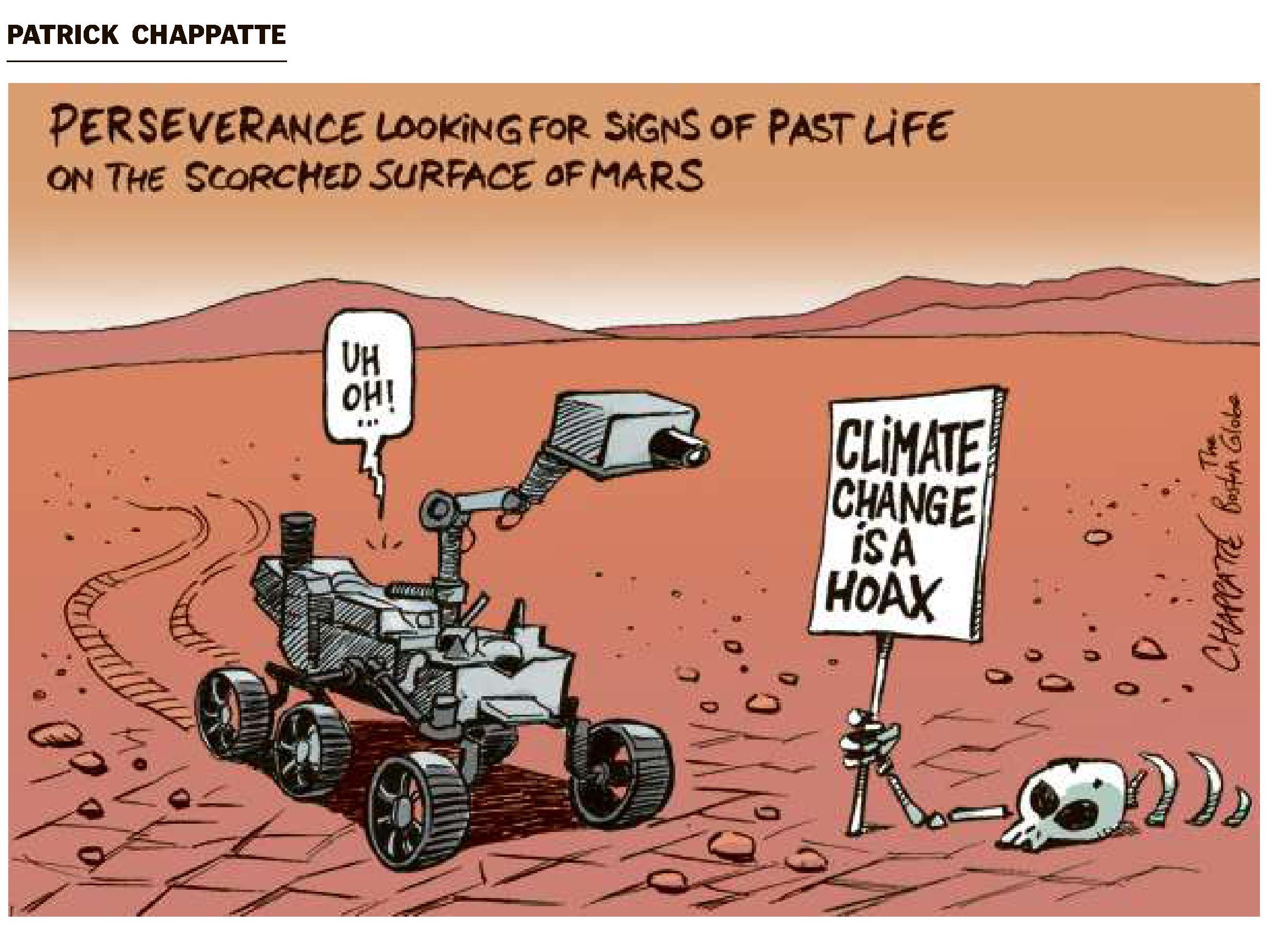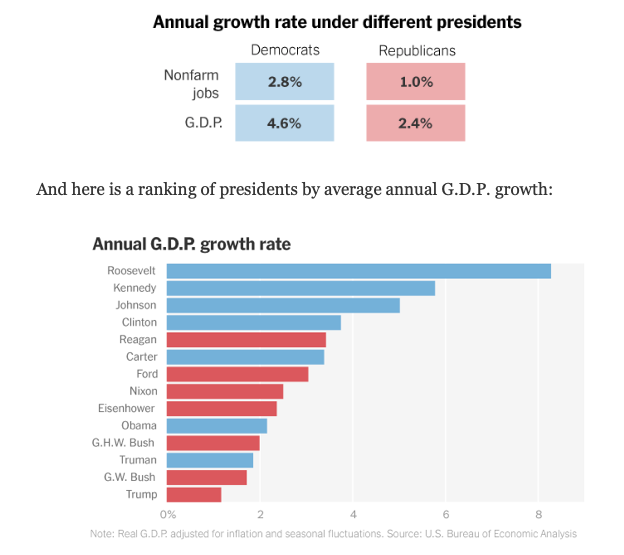Mars teaches a lesson

From Ezra Klein’s “Texas Is a Rich State in a Rich Country, and Look What Happened” piece in the NYT:
Texas will not prove unique, or even all that bad, in terms of how fragile the assumptions beneath its critical infrastructure really were. Most of its mistakes are familiar to anyone who has ever covered the politics of infrastructure and disaster preparation. Shalini Vajjhala, who worked on climate resilience in the Obama administration and is now the chief executive of re:focus partners, a firm that helps cities prepare for climate change, put it sharply to me. “When I am successful, that means something hasn’t happened. That’s good policy, but it’s lousy politics. The first year, you’re applauded. The second year, your budget is cut. The third year, your staff goes away.”
Yes, indeed, the US approach to preventative maintenance encapsulated. Respond to a crisis, decide whew, this is expensive, stick head in sand, underfund, eliminate, repeat. Witness public health before the pandemic. We’re not always particularly smart.
In an cohort study published in JAMA Internal Medicine by Harvey, Rassen, Kabelac et al., the authors looked at more than 3.2 million US patients who obtained SARS-CoV-2 antibody tests and followed the group for results of subsequent nucleic acid testing for the virus. The proportion of patients with positive PCR tests was initially higher in the group positive for antibodies, a result consistent with post-infection shedding, but then declined steadily over time and ended up being markedly reduced overall in the antibody positive group; after 90 days, 3% of the group without antibodies had a positive NAAT as opposed to only 0.3% of the antibody positive group, a 10-fold reduction. This study did not go on long enough to help answer the question of how long the reduction in risk persists, but it does support other studies that have found similar decreases in the risk of subsequent SARS-CoV-2 infection following naturally acquired illness. We’ll need more time and data to help sort out how durable the protection from natural illness and vaccines will ultimately be, but these results help reinforce the notion that COVID antibodies can be protective.
Harvey RA, Rassen JA, Kabelac CA, et al. Association of SARS-CoV-2 Seropositive Antibody Test With Risk of Future Infection. JAMA Intern Med. Published online February 24, 2021. doi:10.1001/jamainternmed.2021.0366
Recommended by Matthew Yglesias (whose Slow Boring blog at Substack I recommend), the new incarnation of the Slate Star Codex blog, Astral Codex Ten.
Can’t argue with this one:
Insane stat via @atausanovitch: 34 GOP senators representing just 14.5% of population can block conviction of president who tried to violently overthrow American democracy. US Senate & American politics deeply broken
— Ari Berman (@AriBerman) February 13, 2021
• David Leonhardt and Yaryna Serkez do an excellent job of laying out how much better economic gains have been historically under Democratic administrations, writing “Why Are Republican Presidents So Bad for the Economy?” in the NY Times. Some excepts:
“Since 1933, the economy has grown at an annual average rate of 4.6 percent under Democratic presidents and 2.4 percent under Republicans, according to a Times analysis. In more concrete terms: The average income of Americans would be more than double its current level if the economy had somehow grown at the Democratic rate for all of the past nine decades.”
and:

Richard North Patterson has it right when he advises that “Republicans play hardball—and, all too often, lie. Far better for Democrats to play hardball with the truth. The party of extremism deserves no less.” in his opinion piece in the Bulwark.
Paul Sax takes a positive slant on the development of coronavirus vaccines in his blog post, Are We Expecting Too Much from Our COVID-19 Vaccines? And this was an excellent response to the patently false rumors of adverse vaccine effects on fertility, authored by Alice Lu-Culligan and Akiko Iwasaki writing in the NY Times.